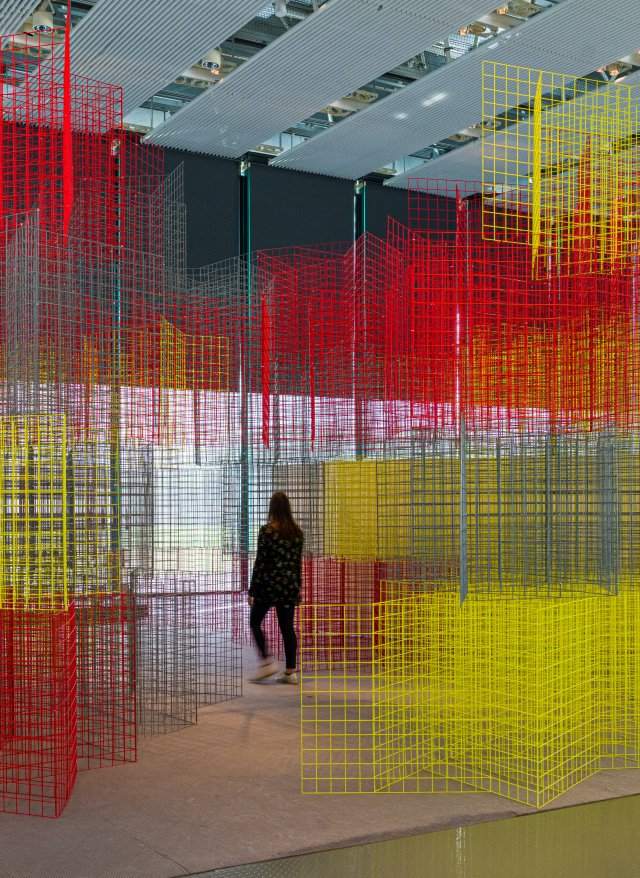
Rana Begum, No. 670, Mesh, (2016), Art Funded 2022
© Andy Crouch 2021
Our Purpose
Art Funded by you
Browse works of art
Thanks to our supporters, we give millions of pounds every year to help museums buy and share works of art. Here you can explore some of the art we’ve helped support since 1903.
Art Funded by you FAQs
Where can I see this work of art? Is it on display?
What is Art Fund's purpose?
How is Art Fund funded?
What type of funding do you offer?
What does the acquisition grants programme support and who can apply?
How many works of art has Art Fund helped museums to acquire?
I’m a curator/researcher/arts professional and would like to find out more about this work, how do I get in touch?
I’m a journalist and would like to contact Art Fund about this work, how do I get in touch?
I would like to donate a work of art to a museum. What do I need to do?
I'd like to leave a gift to Art Fund in my will. How can I do this?
Contact us
If you have a question about a work of art featured here, please contact the Programmes team. We’ll be happy to answer your enquiry.